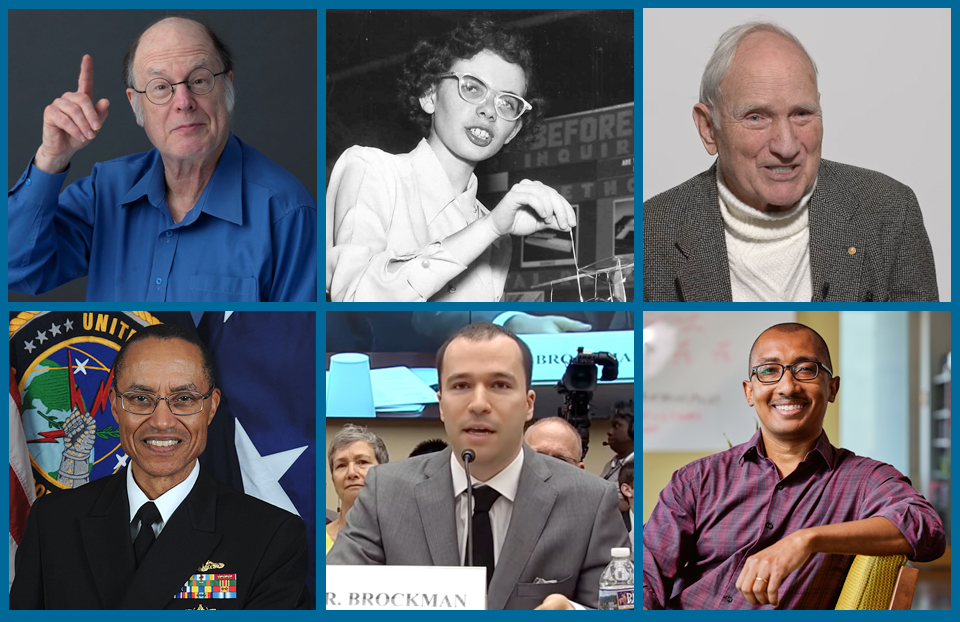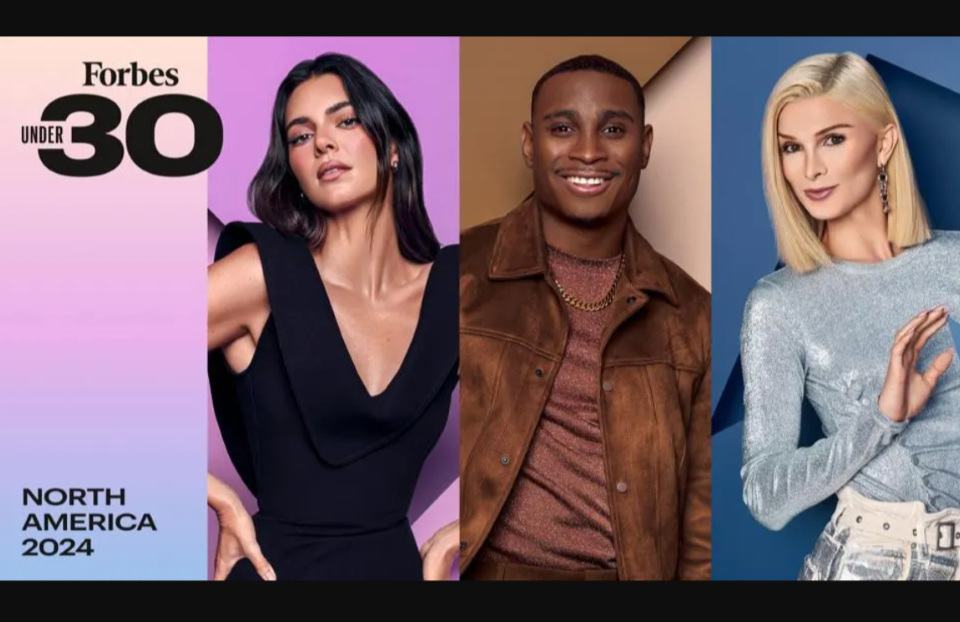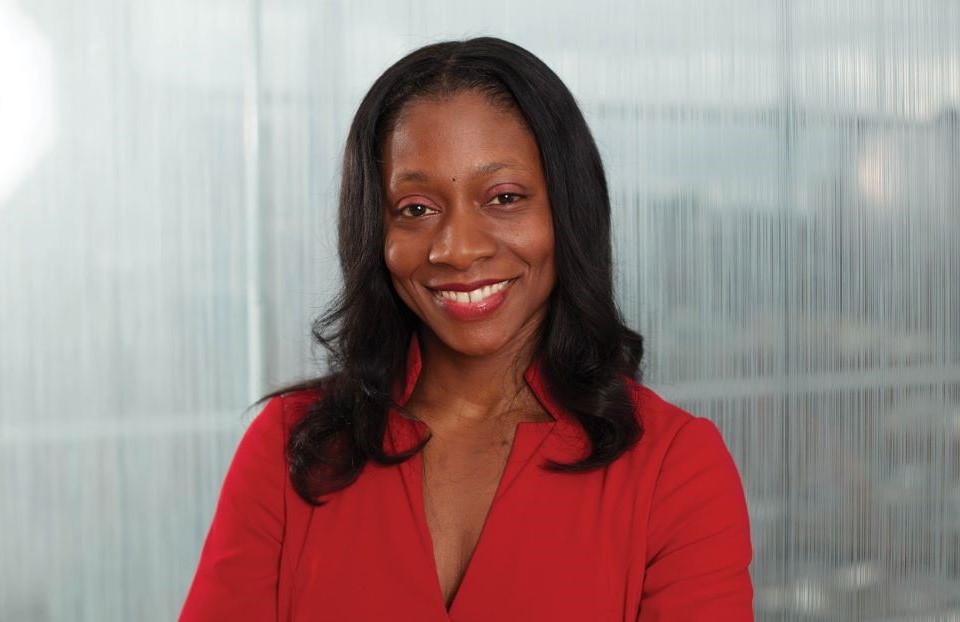Intel ISEF alumna creates app to explain physics
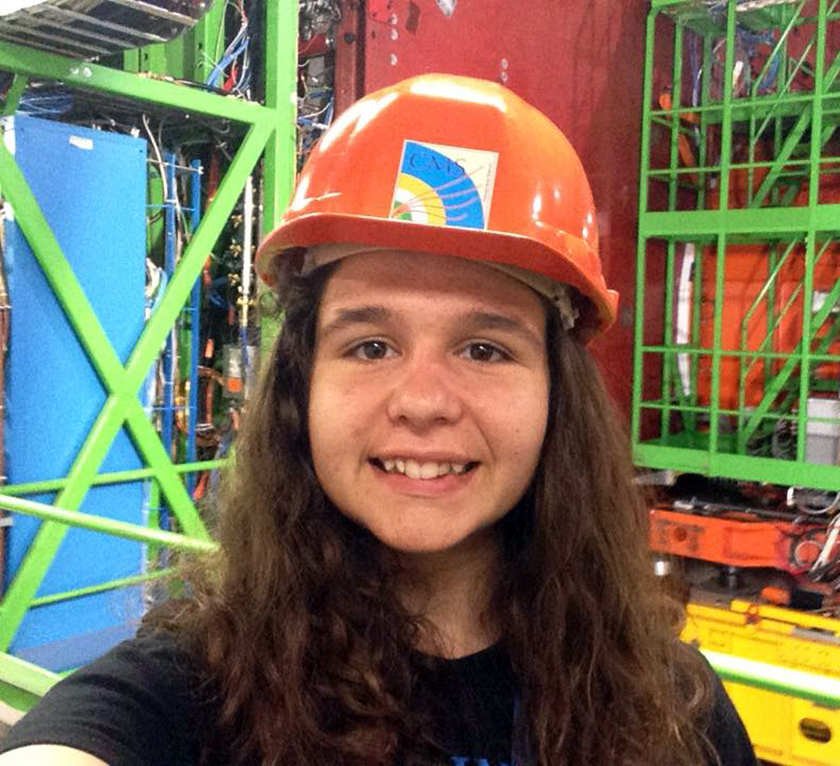
Francisca Vasconcelos won a trip to CERN at Intel ISEF 2015. After visiting the facility and listening to lectures by scientists, she decided to create an app that makes quantum physics more accessible.
Quantum, the app, already has over 200 downloads and the Facebook page has over 100 likes.
What was your favorite part of the CERN Special Awards trip? Did the CERN scientists discuss their research with you?
The CERN trip was incredible and one of the best weeks ever! In addition to sightseeing and hiking Mont Blanc, we got a VIP tour of the CERN facility. This year, experimentation restarted at CERN and we were lucky enough to visit during a break period, so that we could actually go and visit the experimentation sites. We got to visit the Compact Muon Sollenoid, the CERN control center for the Alpha Magnetic Spectrometer on the International Space Station, the LHC Worldwide Computing Grid (where the world wide web was invented), the Large Magnet Facility, the Antiproton Factory (where antimatter is produced and studied), the Low Energy Ion Ring, the Superconductivity Lab and the CERN Control Center.
Although we only actually spent three of our five days in Switzerland touring CERN, these days were action-packed. We listened to several lectures by CERN engineers, mathematicians, physicists and technicians, followed by visits to the experimentation sites. One day we even got to meet the Director General of CERN! It was all so interesting and I really learned a lot, making it very hard to decide what my favorite part was. I think my three favorite parts were being lectured on and visiting the CMS, LHC Worldwide Computing Grid and Antiproton Factory. I also really liked how all the streets were named after famous physicists (i.e. Einstein, Rutherford and Feynman).
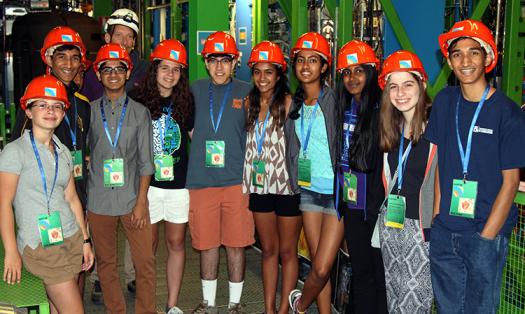
How did your visit to CERN inspire you to program Quantum, an app about the Standard Model of quantum physics? Why did you want to bring your knowledge to others?
Although I already had an interest in quantum physics before going to CERN and always watch “Through the Wormhole with Morgan Freeman,” I never had any formal classes on the subject. At CERN, we listened to lectures by some of the world’s best engineers, physicists and mathematicians. While I was able to learn and understand a lot, I felt that I would have gotten a deeper understanding had I already known the basics. When I got home and tried to do some research on the topic, I found that there were few easy-to-understand resources on the topic. There was no website that would summarize each of the particles of the Standard Model. This led me to develop Quantum, an Android app. I hope to make information about the fundamentals of quantum physics easily accessible for people of all scientific backgrounds, ranging from curious students to physics majors themselves. I was fortunate enough to visit CERN, but most others are not lucky enough to have this opportunity. Therefore, I wanted to bring the knowledge to others in the hopes that they would develop the same excitement for quantum physics as I did.
What can people learn through the app?
In the current version, people can learn about the fundamental particles of the Standard Model. A chart in the app illustrates the categorization of different particles. After clicking on one of the particles or types, a new window is opened containing all the information on that particle or type. Sections include: images, about, more info, related (other particles of the same type), videos and sources (so that people can read further if interested). The ultimate goal is to make all of quantum physics, including theories, easily accessible.
The app is available on Android devices. Do you have plans to make it available on the iPhone?
I would love to make it available on iPhones! In order to do this, I need to learn Swift, which isn’t a problem because I’m always looking to learn new programming languages and expand my coding knowledge. However, there is a $99 yearly account fee for the Apple App Store (as compared to the single $25 fee for the Google Play Store). Since I want the app to be free, I do not believe I would be able to afford this. However, it is definitely something I am looking into.
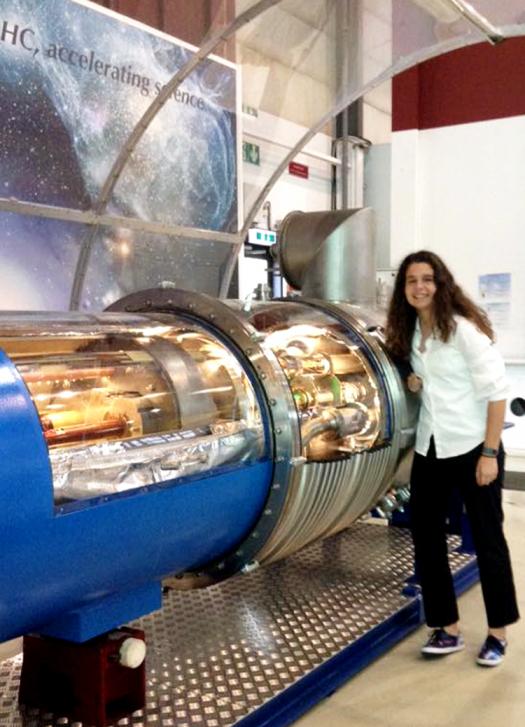
Was it challenging to code and create this app? It has already been installed over 200 times in two months — where do you hope to take the app next?
This was my first time programming an app and using the Android SDK, so making Quantum was a great learning experience. In fact, one of my main motivations for developing Quantum was to learn Android programming. I was essentially teaching myself as I went. I constantly watched YouTube tutorials, read the Android Developer Pages, and looked at Stack Overflow debugging solutions. Fortunately, Android is based on Java, which I already knew from AP Computer Science, so the only language I had to learn was XML. The hardest part was formatting the app to fit the vast array of device screen sizes. I had to create dynamic layouts and make sure they could fit the smallest of smartphones to the largest of tablets. It took quite a bit of time to gather all the information and input it into the app, but I learned a lot about the particles of the Standard Model.
I am so excited by the growth of the app. The Quantum Facebook page just surpassed 100 likes and the app now has more than 200 downloads. All of this has encouraged me to continue working on and improving my app. I hope to expand the app content by adding information about modern physics theories (i.e. Super-symmetry, String Theory), famous physicists and their discoveries (i.e. Einstein, Schrodinger, Heisenberg), physics history and major quantum physics experimentation centers (i.e. CERN and FermiLab). I also hope to improve the app’s graphical user interface (GUI), add original content and learn Android Graphics to create animations and interactive features. Finally, I hope to create a web version of the app so that anyone can access the content on any device.
What was your most memorable moment at Intel ISEF 2015?
Although it was incredible to stand on the Intel ISEF stage three times to be recognized for my work and have the chance to present my project to Carnegie Mellon University professors, NASA engineers and corporate representatives, I would say that the best part was meeting so many like-minded, science-oriented students from around the world. I loved to learn about and see everyone’s projects, especially in my own category, “Robotics and Intelligent Machines.” I was very excited to meet and make friends with team Portugal (I am a dual U.S.-Portuguese citizen). I met so many incredible people and created great relationships with many of the world’s greatest minds. Intel ISEF greatly reinforced my desire to major in STEM and my hopes to one day become a researcher at a university. It also encouraged me to continue my drone research and work on all sorts of science projects.
Can you provide a brief description of your project?
For my “Object Recognition Based UAV Control” project, I programmed a Parrot AR Drone 2.0 to follow people around solely based on computer vision recognition of a patch they wear. The pattern on the badge acts like a QR code. By changing the pattern on the badge, you can tell the drone different things, such as follow you from farther away or record you at an angle. There are several applications of this project, such as using the drone as a “personal cameraman.” Furthermore the use of computer vision rather than relying on GPS allows the drone to follow things that do not have trackers on them. It could be used in areas and situations in which GPS does not function, such as for disaster relief or delivery of medical supplies to rural areas in developing nations.
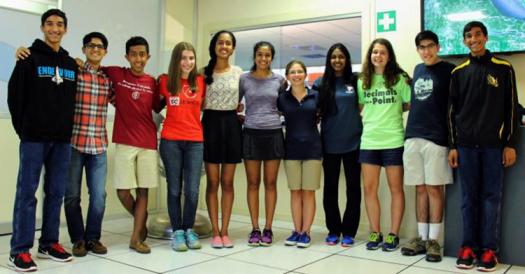
Do you have other STEM-related goals or projects that you are working on?
Over the summer I learned Arduino and Visual Basic, in addition to having a paid engineering internship at Sidus Solutions, a marine tech company. At the internship, I was able to complete fun tasks like soldering micro-controllers, programming GUIs, testing products and setting up camera systems. Since Intel ISEF, I have mainly worked on the Quantum app and improved my drone project. I am currently working to publish my project in a professional computer vision conference. I have also been working on applications for science competitions, such as Intel STS.
Recently, I participated in San Diego’s first major hackathon, and my first, SD Hacks. I really enjoyed the incredible (sleepless) 36 hours. It was fun to be part of a high school girl’s team competing in a collegiate hackathon, with attendees from University of California, Berkeley, California Institute of Technology, Stanford University and University of California, San Diego. I spent nearly a day working on a way to represent and solve our problem in code. I finally came up with the idea of using a recursion algorithm and, after debugging for several hours, got our project to work at 5 am, the day before presentations. In the end, we proudly presented our hack, CircuitSolver5000, a computer vision algorithm to recognize and read hand-drawn circuits and solve for their total resistance/current. We had a great time and impressed the judges, corporate representatives (from companies like Google and Facebook) and college students with our unusual choice of project and final execution.
I have several plans for future projects. I hope to redesign my personal website, to make it dynamic and improve the GUI. For my Intro to Engineering class, I plan to build a mini Raspberry Pi device with a touchscreen, which files can be loaded to and can be easily hooked up to any projector, a Raspberry Pi laptop and a 3D-printed spider robot. I also want to learn more languages and work on several small, fun projects to improve my coding skills before college. I plan to participate in the local fair again this year (and hopefully will qualify for Intel ISEF again).
What is your advice to young people interested in science and math?
The most important thing is to do what you love and not let anyone or anything stop you. Especially when doing research, there will be times when you will fail, when people will tell you to quit and when you will feel like quitting. However, you cannot let this deter you and you must push through! The most rewarding projects are always the ones in which you struggle the most. Also, make sure that you are always trying your best to get a deep conceptual understanding of all the material in your math and science classes. Often, you may not be able to see the immediate importance of the theory or formula, but everything is cumulative. If you truly understand the material, you will have a much easier time recalling it later on and applying it to your own projects and scientific endeavors.
